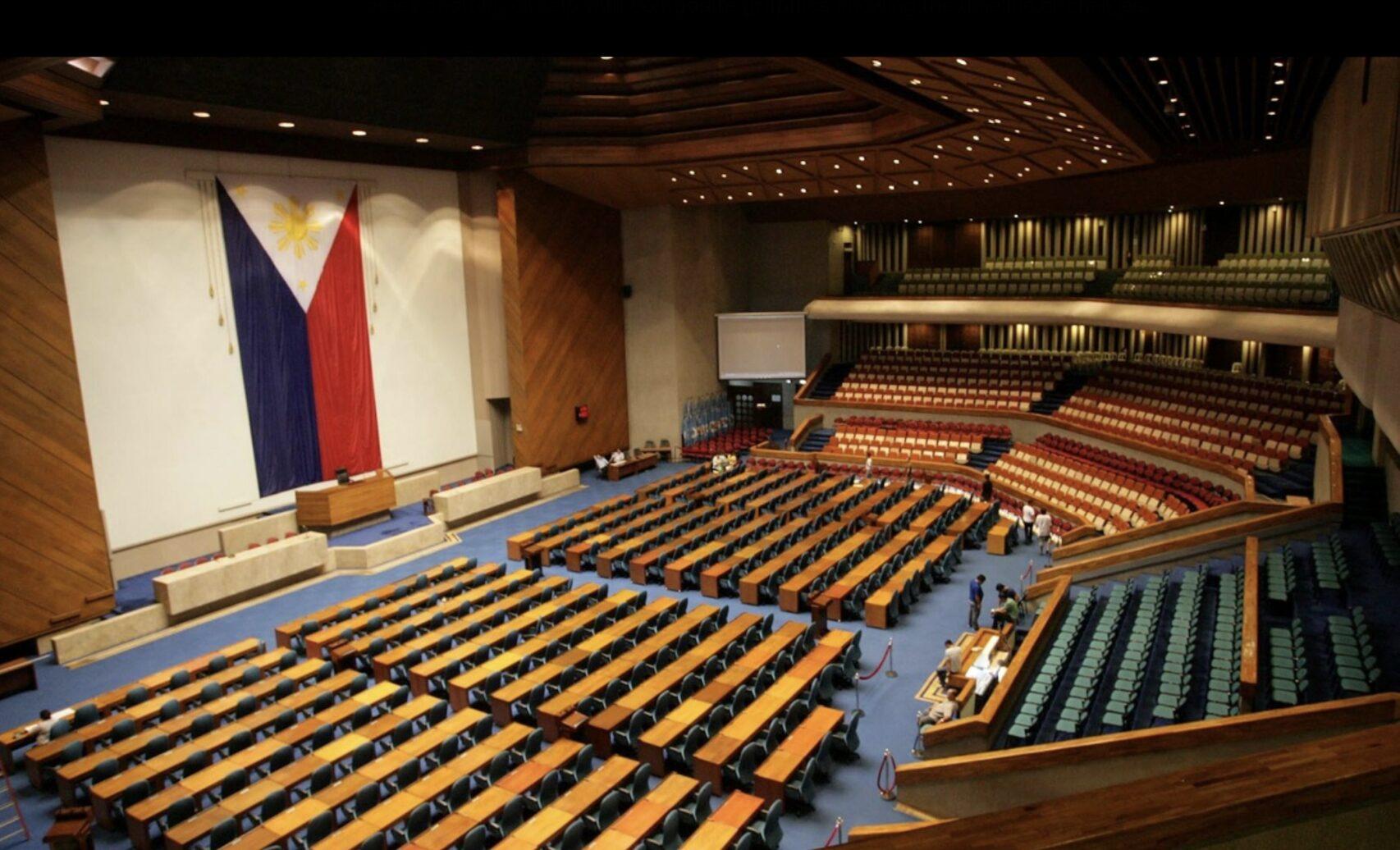As tensions over the South China Sea escalate, United States Defense Secretary Ash Carter said he would visit an American aircraft carrier in the Sea on Thursday, Nov. 5.
Speaking after a regional summit on Wednesday, Nov. 4, Carter said he would fly out to the nuclear-powered USS Theodore Roosevelt, which “is conducting routine operations while transiting the South China Sea,” according to AFP.
Carter’s visit could increase discord between Washington and Beijing over China’s claims to virtually the entire Sea, and its attempts to reinforce those claims by turning reefs and tiny islets into full-fledged islands through repossession.
The Sea has long been viewed as a potential flashpoint, and the Chinese island-building has intensified fears of international conflict.
Runways and other large-scale development are in the works, making the islands potentially capable of hosting military personnel and hardware.
Last week, the US Navy challenged China’s sovereignty claims, pressing its right to freedom of navigation by sending the missile destroyer USS Lassen close (within the 12-nautical mile/22-kilometer territorial limit) to an artificial islet in the Spratlys chain, angering China and causing it to send two war ships to shadow the vessel.
The challenge was not designed as a military threat, the head of US Pacific military forces said, according to Associated Press.
“I truly believe that these routine operations should never be construed as a threat to any nation,” said Admiral Harry B. Harris Jr in a statement. “These operations serve to protect the rights, freedoms, and lawful uses of the sea and airspace guaranteed to all nations under international law.”
China’s Navy chief, Admiral Wu Shengli, warned his US counterpart that encounters between their forces could spiral into conflict after the Lassen incident, according to Inquirer. Shengli’s comments were made in a video call with US Admiral John Richardson.
“If the US continues to carry out these kinds of dangerous, provocative acts, there could be a serious situation between frontline forces from both sides on the sea and in the air, or even a minor incident that could spark conflict,” Wu told Beijing’s Xinhua news agency.
“I hope the US cherishes the hard-win, good situation between the Chinese and US Navies, and avoids similar incidents from happening again,” he added.
On Wednesday, Defense Secretary Carter attended an Asia-Pacific defense ministers’ meeting in Malaysia, where the US and China butted heads over whether a final joint statement should mention the South China Sea.
“We could not reach a consensus on a joint declaration,” Malaysian Defense Minister Hishammuddin Hussein told reporters.
Meanwhile, Carter said he had gone into the summit with “no expectation” there would be an agreement, said AFP. The two nation’s lack of action illustrates “the level of concern that was reflected in the conversation about activities in the South China Sea,” he said, noting that all countries he met with raised the issue.
“It was a persistent topic,” he added. “To me, that says that’s something we all need to pay attention to.”
Pointing fingers, the US and China could not reach an agreement. The US claimed that Southeast Asian defense ministers opposed China’s demand that the South China Sea be left out of any statement.
A US official said the United States felt that “no statement is better than one that avoids the important issue of China’s reclamation and militarization in the South China Sea.”
China’s claims over almost the entire waterway are widely disputed by other nations as well.
Malaysia, the Philippines, Vietnam, Brunei and Taiwan also have various claims over the controversial islets, some overlapping, although none are as extensive as Beijing’s.
“We urge all claimants to permanently halt land reclamation, stop the construction of new facilities and cease further militarization of disputed maritime features,” Carter said.
An anonymous US official stressed that the USS Roosevelt would be far from any of the reclaimed Chinese “islands” at the time of Secretary Carter’s visit, and the naval ship was not conducting the sort of freedom of navigation cruise performed by the USS Lassen.
“The Teddy Roosevelt’s presence there, and our visit, is a symbol of our commitment to our ‘rebalance’ and the importance of the Asia-Pacific for the United States,” Carter said.
PH wins first round in case against China
In July, the United Nations Arbitral Tribunal in the Netherlands heard a second round of oral arguments from the Philippines, regarding the disputed territory in the South China Sea. Though official negotiations are ongoing, the tribunal Permanent Court of Arbitration ruled that the court has jurisdiction over the case, under the UN Convention on the Law of the Sea (UNCLOS).
The maritime ruling was just two days before the USS Lassen warship incident.
“China has on many occasions expounded its position by neither accepting nor participating in the arbitrary procedure unilaterally initiated by the Philippines in breach of the agreement repeatedly confirmed with China as well as the Philippines,” Chinese foreign ministry spokeswoman Hua Chunying said in a news conference in Beijing in July, when the second round of UN hearings had taken place.
Philippine officials, however, have denied such an agreement, claiming that China has previously agreed to solve conflicts based on international law, according to Inquirer. Among these includes the 1982 United Nations convention allowing coastal states to exclusively take full advantage of resources within 200 nautical miles of waters from their territory.
The Philippines is the first country to challenge China’s nine-dash line territorial claim (first established after WWII by the Chinese Nationalist government) in the region, saying that Beijing violated international maritime laws, damaged coral reefs, and stepped on the rights of other nations.
The case is important “not just to our country but to the entire world, owing to its impact on the application of the rule of law in maritime disputes,” said Philippine Foreign Secretary Albert del Rosario.
The overlapping claims involve sovereignty ocean territories, the Paracel and the Spratly island chains. These largely uninhabited, not-yet-explored territories are considered valuable because of the natural resources preserved there.
The Southeast China Sea is also a major shipping route, and home to valuable fishing grounds that supply multiple Southeast nations, said BBC.
The Philippines has invoked its geographical proximity to the Spratly Islands, which include the Scarborough Shoal reefs, as the main basis of its claim. The Shoal (known as Huangyan Island in China, 500 miles away) is northeast of Luzon and just a little over 100 miles (160 km) from the Philippines.
“The Philippines has specifically requested that the tribunal find that Chinese law enforcement tactics around Scarborough Shoal are in violation of UNCLOS and the International Regulations for the Prevention of Collisions at Sea,” wrote Philippine Star’s Elfren S. Cruz, in an opinion piece. “A favorable ruling will mean that any ramming and harassment of Filipino fishermen and ships in the Scarborough Shoal will be considered as internationally unlawful. If China continues its harassment, the world will consider their actions illegal.”






